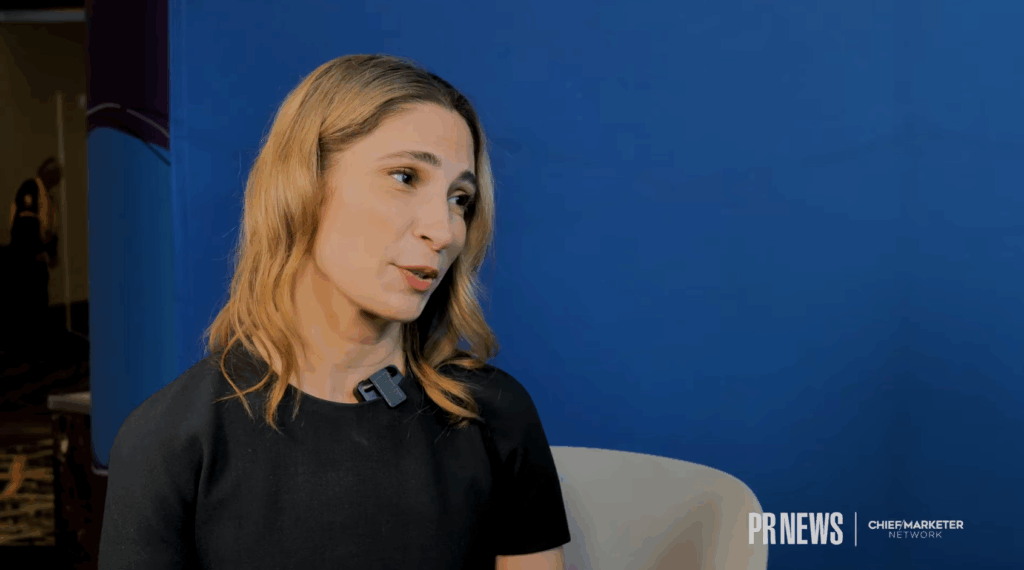You’ve developed a great list of keywords, now what?
1. Get organized. Whether it be in categories (Yahoo!) or AdGroups (Google), it is important to have all of your keywords placed in logically themed groups. There are endless ways to group keywords, but usually, I see keywords grouped by either geographical targeting (digital camera San Jose, buy a digital camera in San Jose), by phases of the buying cycle (camera, buy a camera, buy a Canon digital camera, buy a Canon PowerShot SD500), or by common theme (3 mega pixel digital camera, 3 mp camera). Putting your keywords in these different buckets makes your campaigns much easier to manage and track.
2. Get targeted. Too often, people are driving their ads to incorrect landing pages on their sites. Yesterday, I clicked on an ad for a Canon Powershot SD500 digital camera and it took me to a general digital camera page. I eventually landed on the page I was looking for, but it took two extra clicks. Can you imagine how much better conversion would be if that advertiser drove the visitor directly to the page that they were looking for? I’m sure a good amount of people clicked the back button once they landed on the first page.
3. Get tracking. Whether it be at the keyword level or at the category/AdGroup level, it is essential to have tracking. Without it, you’re essentially bidding in the dark, not knowing what keyword or group of keywords are driving your conversions. Obviously, this can lead to a lot of trouble and money going down the drain. Both Yahoo and Google offer conversion tracking capabilities through their systems. 3rd party tracking software is also readily available for a fee.
4. Get creative. Now its time to start writing ads to attract visitors. Remember, you’re paying for every click, so make sure your ads effectively filter visitors that have no business landing on your site.
-
Yahoo! allows a 40 character title and a 190 character description. That’s plenty of room to get your point across, but don’t go crazy. Make sure you keep your description short and sweet, and make sure you include some sort of call to action. Definitely consider writing unique ads tailored for each of your top performing keywords. If your click through rate isn’t up to par, Yahoo!’s click index will remove your ad.
-
Google allows a 25 character title, two 35 character lines for description, and 35 characters for a display URL. For Google, it is absolutely imperative to have a relevant, good CTR ad, as they calculate ad performance into your campaign’s quality score. You’re allowed up to six ads per AdGroup and can set Google’s system to automatically continue serving your best performing ad. That said, it would be foolish not to take advantage of this feature. I always have six ads being used by an AdGroup. Test Google’s dynamic keyword insertion feature, as sometimes this helps CTR tremendously. However, if all the other ads that you’re competing against are also using dynamic keyword insertion, it may be a good idea to make your ad stand out by not using it.
5. Get testing. Continually test landing pages, landing page layout and ads. It’s rare that you achieve the best click through rate or conversion rate on the first try. Always continue to test and make sure to track all the different landing page changes or ad changes that you’ve made so you can go back and see what works best!



